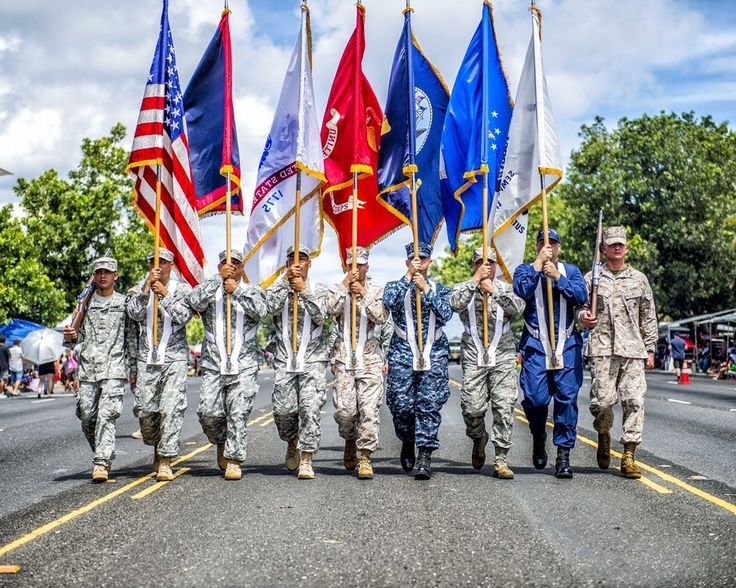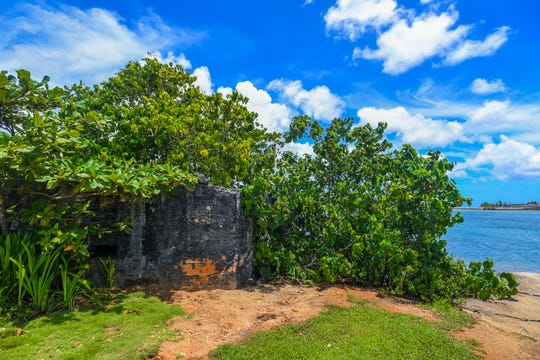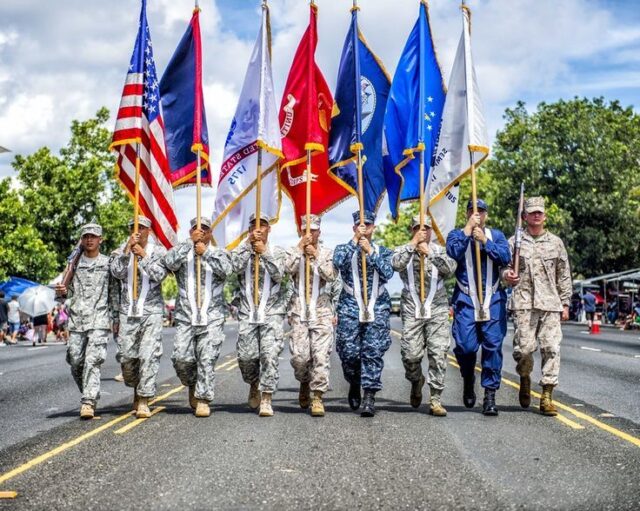
Ahead of Liberation Day on Guam, I came across this article featuring a list of war memorials which encourages Guam residents to embark on self-guided tours in lieu of the annual parade and group festivities, since traditional celebrations were cancelled in light of COVID-19. This article prompted me to reflect on the concept of self-guidance, and although it relates to my remote research process, it also relates to the perspectives of survivors of Japanese internment on Guam during World War II. Much of my research has focused on the events of Guam’s recapture by the U.S. army and the seizure of land for military use, but in remembrance of Liberation Day I will dedicate time to researching the stories of survivors, many of whom recall Liberation Day as the day American troops saved their lives.
It is important that I keep this perspective in mind throughout my project, and important that I keep in mind that the seizure of land and assets and subsequent neocolonial practices are theoretically antithetical to the conceptualization of Liberation Day, but that historical events do not negate the experiences of survivors. It is up to survivors as individuals to reflect on their experiences and view them in whatever light they see fit, and their gratitude can coexist with an acknowledgment of injustice.
While it is my responsibility to thoroughly research historical events through an interdisciplinary lens, my thesis and argument does not seek, and has never sought to contradict the experiences and individual remembrance of survivors, but rather to interrogate the implications of cultural remembrance. Because of this, self-guidance has emerged as an important concept as I navigate research on this subject.

